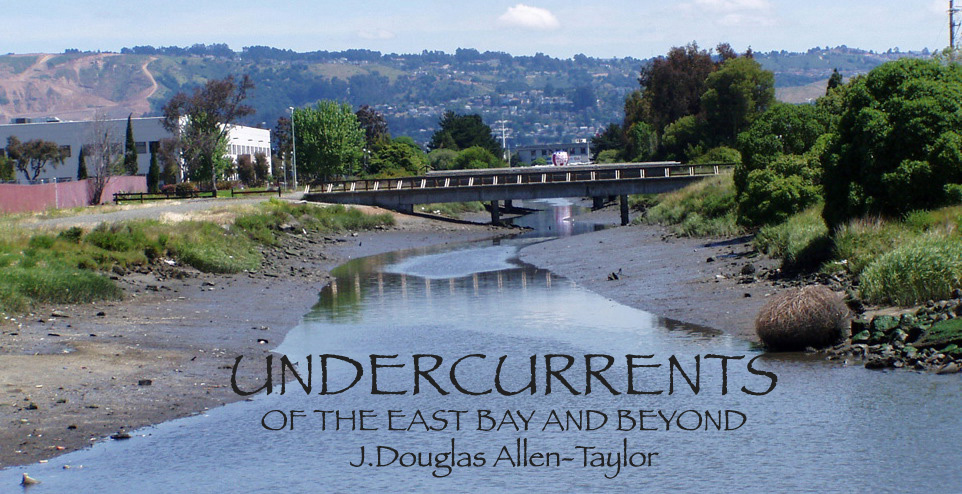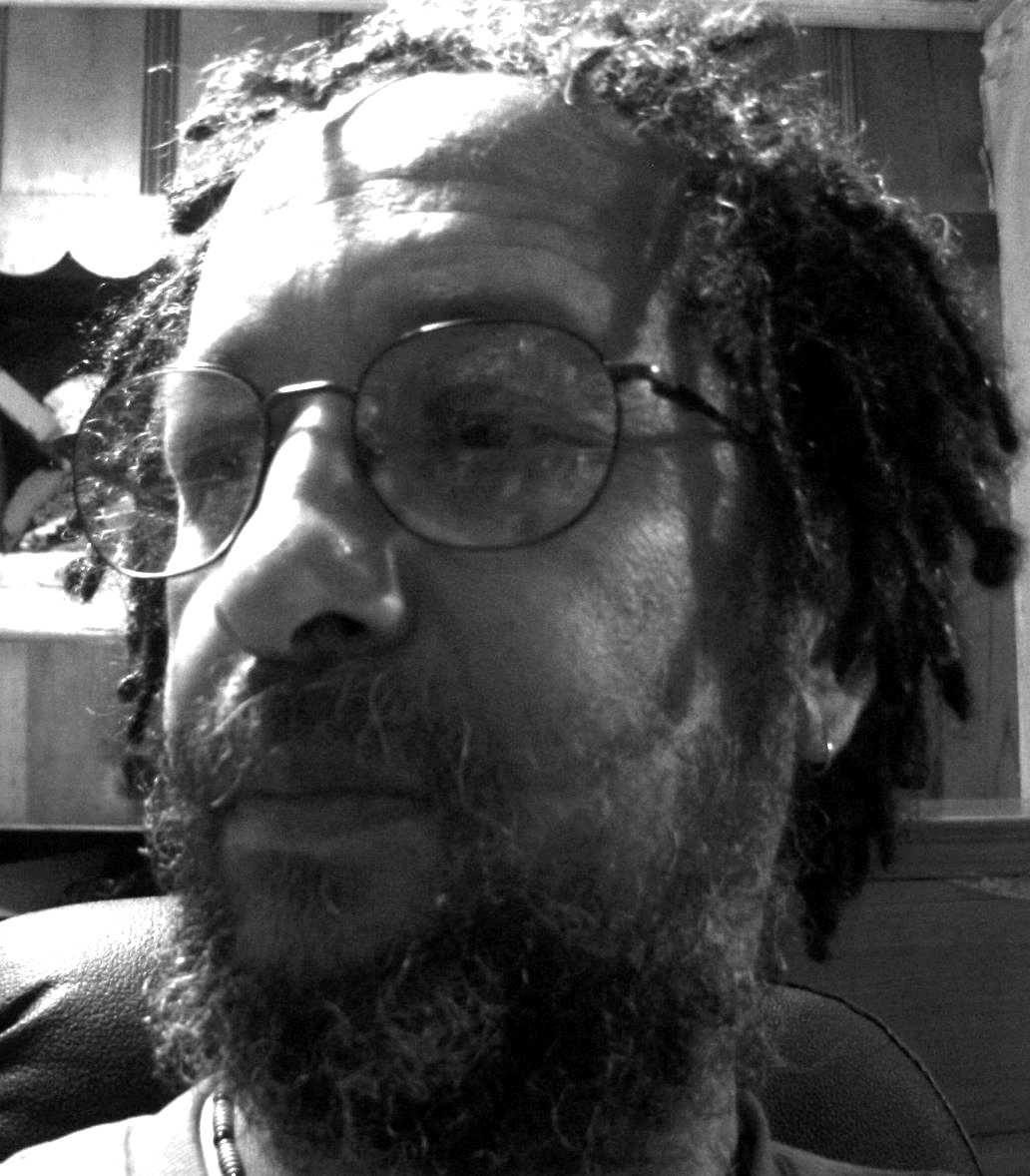

TALKING ABOUT VIOLENCE
 Forgive me, y’all, but I am always a little skeptical
when a politician announces that one of their public policy initiatives has nothing
to do with politics but, then, you’ve got to find the timing of this one is a little
curious, as well.
Forgive me, y’all, but I am always a little skeptical
when a politician announces that one of their public policy initiatives has nothing
to do with politics but, then, you’ve got to find the timing of this one is a little
curious, as well.
We have known since late winter that we are in the midst of an enormous upswing in
East Bay murders this year, and just over the mid-year mark the ghastly toll has
now reached 73 in Oakland and 19 in the much-smaller Richmond. Now we learn, according
to a Jim Herron Zamora article in the San Francisco Chronicle this week, State
Senator Don Perata has “wanted for months to do something about Oakland's spiraling
number of street killings.”
What kept Mr. Perata from doing whatever the “something” that he wanted to do was
not revealed by the Chronicle article, but Mr. Zamora tells us that the “something”
is now being done, as Mr. Perata announced that on Wednesday of this week he was
“host[ing] a private meeting … of 40 public officials and community leaders in which
he hopes to produce a to-do list for the state to help combat recent violence in
Richmond and Oakland.”
Why is the timing so curious? Well, the Perata “Combat The Violence” meeting comes
on the same day that Oakland activists and education leaders had planned to travel
to Sacramento in hopes to meet with Mr. Perata (as well as local Assemblymembers
Wilma Chan and Lonnie Hancock) concerning the issue of return to local control of
the Oakland public schools.
 It
was Mr. Perata’s SB39 legislation that authorized the state seizure of OUSD in 2003,
and local leaders were hoping that he could use his considerable powers as State
Senate President to push through new legislation saying that Oakland had been punished
enough for its financial transgressions. In fact, some of the local activists might
be arguing that while the chaos resulting from the state takeover did not cause the
recent upswing in Oakland violence, it certainly didn’t help, so that one important
step Mr. Perata might take to combat Oakland’s violence would be to help speed local
control to the Oakland schools, ending the instability in one of the city’s most
important institutions.
It
was Mr. Perata’s SB39 legislation that authorized the state seizure of OUSD in 2003,
and local leaders were hoping that he could use his considerable powers as State
Senate President to push through new legislation saying that Oakland had been punished
enough for its financial transgressions. In fact, some of the local activists might
be arguing that while the chaos resulting from the state takeover did not cause the
recent upswing in Oakland violence, it certainly didn’t help, so that one important
step Mr. Perata might take to combat Oakland’s violence would be to help speed local
control to the Oakland schools, ending the instability in one of the city’s most
important institutions.
Of course, you could also argue that Mr. Perata convened the anti-violence meeting
on Wednesday as a way for him to deflect attention from the Oakland school struggle,
and Mr. Perata’s role in the state takeover, or his possible role in the sale of
the administration building lands. But that would be cynical, my friends, and it’s
way too hot this week to be cynical.
Meanwhile, if you wanted to learn how serious Mr. Perata might or might not be about
advancing an anti-violence agenda in Oakland, the Jim Zamora Chronicle article
did note that two prominent invitees were not on Mr. Perata’s list for the meeting:
outgoing Oakland Mayor Jerry Brown and incoming Oakland Mayor Ron Dellums. The article
explains this curious lapse in a quote by Mr. Perata that "Jerry is gone soon
and he's running for a higher office–I didn't want this to be seen by anyone as a
political event. I'm not gaining anything politically from this. I want it totally
work focused. As for Ron, he doesn't start the job for six months, I want to move
on things right now. I look forward to working with him next year."
Odd reasoning, don’t you think? While Mr. Brown may be “gone soon,” he is still responsible
for the running of Oakland–for which we are still forwarding him regular paychecks,
last I heard–and the “higher office” the Mayor is running for is Attorney General
of the State of California based, in large part, on his success or lack of success
in addressing the issues of crime in violence in Oakland. And while Mr. Dellums does
not take office until January, he is already deep at work on the transition. Why,
then, would Mr. Perata want to keep the once and future Oakland mayors out of a “Combat
The Violence” meeting, the subject of which these two powerful men have such influence
over? If you were being cynical, you could argue that with Mr. Brown and Mr. Dellums
in the room, Mr. Perata would only get a third of the publicity and the attention,
at the most, but that would imply that the major purpose beind the “Combat The Violence”
meeting would be to get Mr. Perata attention and publicity, rather than combatting
any actual violence, and as I said, it’s way too hot to be cynical this week.
Anyways meanwhile, perhaps coincidentally, perhaps not (quién sabe?),
a week before the Perata “Combat The Violence” meeting, two Oakland City Councilmembers
often identified as allies of Mr. Perata–Larry Reid and Jane Brunner–held a City
Hall forum on Oakland Youth in the Criminal Justice System, which the Councilmembers
said would “focus on preventing youth criminal activity in Oakland neighborhoods.”
A look at the titles of the panelmembers might give you a clue as to where this focus
concentrated. Dominated by law enforcement officials, it included the Alameda County
Probation Chief, the Alameda County Senior Deputy District Attorney for Juvenile
Offenders, The Alameda County Presiding Youth Judge, the Oakland Chief of Police,
and, in the lonely role as the only non-law enforcement person, the City of Oakland
Director of Human Services. The rest of the public–including youth advocates and
the youth themselves–was relegated to trooping up to the microphone, one person at
the time, to give their one minute of testimony on this important subject. (Try saying
more than your name, address, and telephone number in a minute’s time and see how
difficult and useless this exercise in public testimony actually is.)
If that didn’t provide enough of a hint, the official forum email invitation was
more explicit: “Do you wonder why young people are involved in criminal activity?”
it asked. “Does it seem to you that when young people are picked up for illegal
activity, they are back on the streets within hours? Are young people treated less
seriously by the police and the criminal
justice system? Please join Councilmembers Jane Brunner and Larry Reid to address
these questions.”
There is nothing wrong with asking these questions, and the two Councilmembers are
certainly free to hold forums on anything that addresses issues that are within the
scope of their duties and are of concern either to themselves or their constituents.
The problem is that it presupposes a criminal justice solution to the problem of
Oakland’s youth violence, while logic would suggest that understanding of the nature
and cause of a problem ought to precede locking-in on the cure.
And yet, somehow, despite the fact that Oakland has been suffering under a depressingly
consistent rate of murders for the past several years, we have yet to sit down as
a city and a community during this period to hold a comprehensive, rational, adult
discussion as to why.
While there are those who might say there have been many–some would even say “too
many”–public debates in recent years over cures to Oakland’s violence, these debates
have actually centered around the political campaigns surrounding the various anti-violence
ballot measure campaigns on the ballot since 2002. If history has taught us anything,
it is that truth, understanding, and rationality are generally the first casualties
when people are fighting over votes or money.
These efforts may be a nice start, but they are not nearly enough.
Oakland is a city with enormous resources to focus on civic problems, if we wish
to take advantage of them. Among other things, we have two community colleges of
the Peralta system (Laney and Merritt) as well as the nearby University of California
at Berkeley to lend their research and analytical expertise. We have a community
of energetic, intelligent youth who have often expressed interest in working on solving
some of the city’s difficulties, if we would only trust them a little, listen to
them, and bring them into the mix. We have a long and honorable history of civic
activism and involvement, with people still living in the city who are veterans of
various neighborhood, citywide, national, and international projects from Seventh
Street to Soweto. We are a city full of writers, teachers, thinkers, artists, artisans,
and activists who would be willing to volunteer time and energy and services, if
only asked. You could certainly add Richmond citizens to that discussion, since the
problems in these two cities–and the solutions to those problems–may prove to be
remarkably similar.
The questions to confront? What is the cause of the bloody violence that is threatening
to crush the East Bay and its residents to our knees, how can we mitigate its effects,
and how can we bring it to an end?
And we wouldn’t even have to wait until the new Oakland mayoral administration is
in place to go on with that discussion.